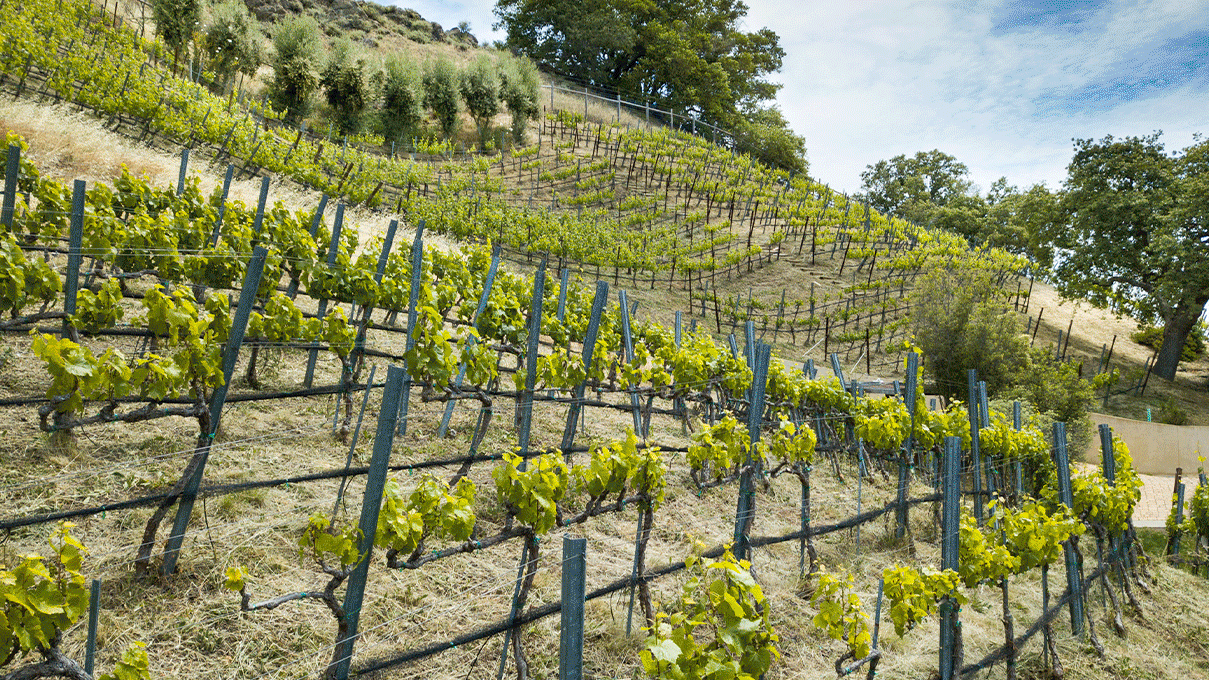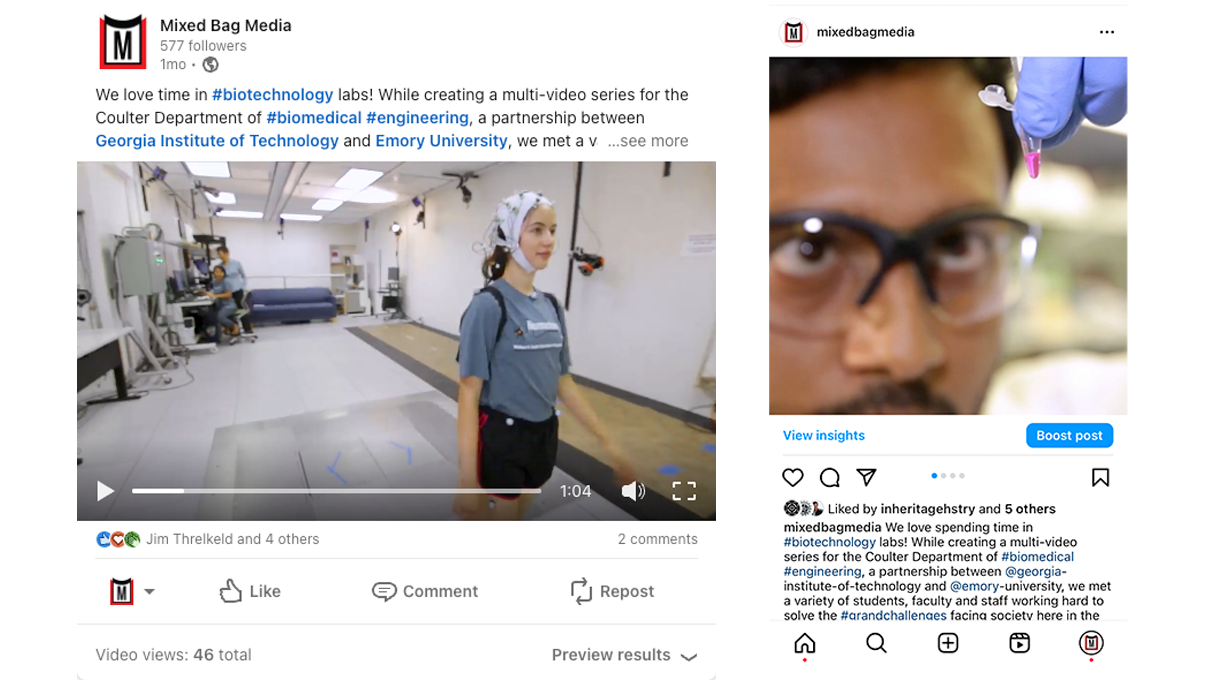I’ve been a collector of many things over the years starting with stickers, then records, guitars, radios, cameras and more. Collecting can be great fun, but it can also get overwhelming. The video footage and still images we collect from client shoots can feel that way sometimes, but there is value to be had in keeping track of and repurposing good material that would otherwise languish on a hard drive. We go into any and all projects knowing that we’ll shoot more video footage and/or photos than we actually need, but we are thinking ahead now more than ever – and you should too.

Most of the videos we create are between 1-2 minutes long. In general, that means a video has between 40-60 shots, or even more depending on the story and style of the project. When it comes to repurposing content, that actually is a lot of material to pull from. You can easily pull individual clips, or sequences (a few shots strung together) or go back to the raw footage and get similar, but different shots, to use in social media posts, blogs, reports and more. It’s important to keep your audience from getting bored, so with that comes the burden of posting a variety of images, whether video or stills. We often post a video to LinkedIn, our primary social channel, and pull 3-5 frames for sharing on Instagram. That way, the images are similar and familiar, but not exactly the same, and offer a different viewing experience.

Quotes from video interview transcripts are featured in this article by Gladstone Institutes describing the Give Heart Cells a Beat exhibit they spearheaded, and is on permanent display at the Exploratorium in San Francisco. Because we always have interviews transcribed, it made for another easy way to collaborate with the internal production team at Gladstone.